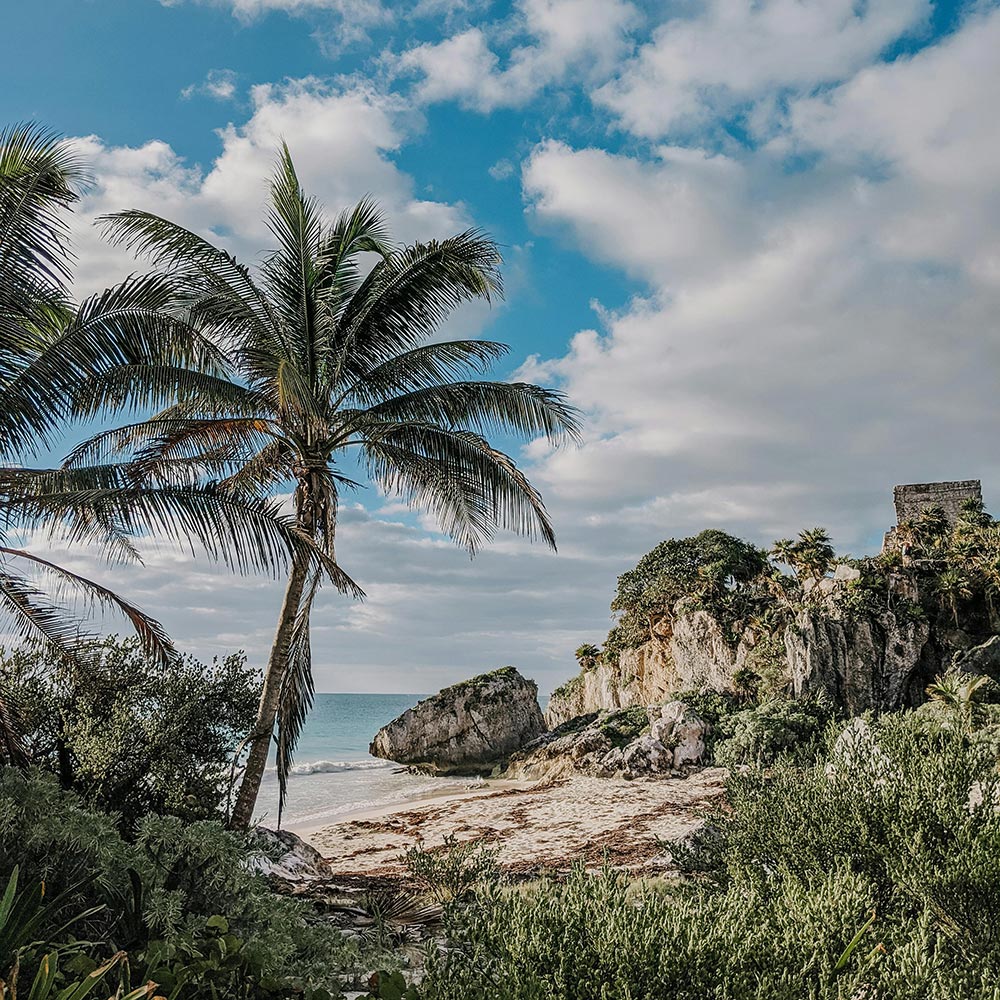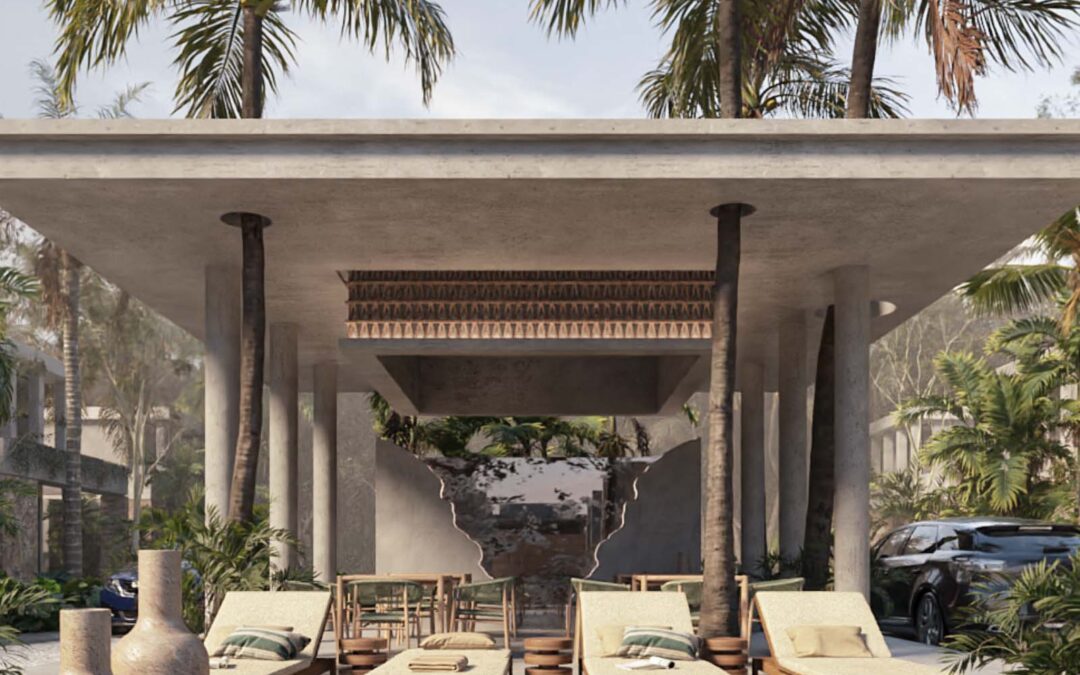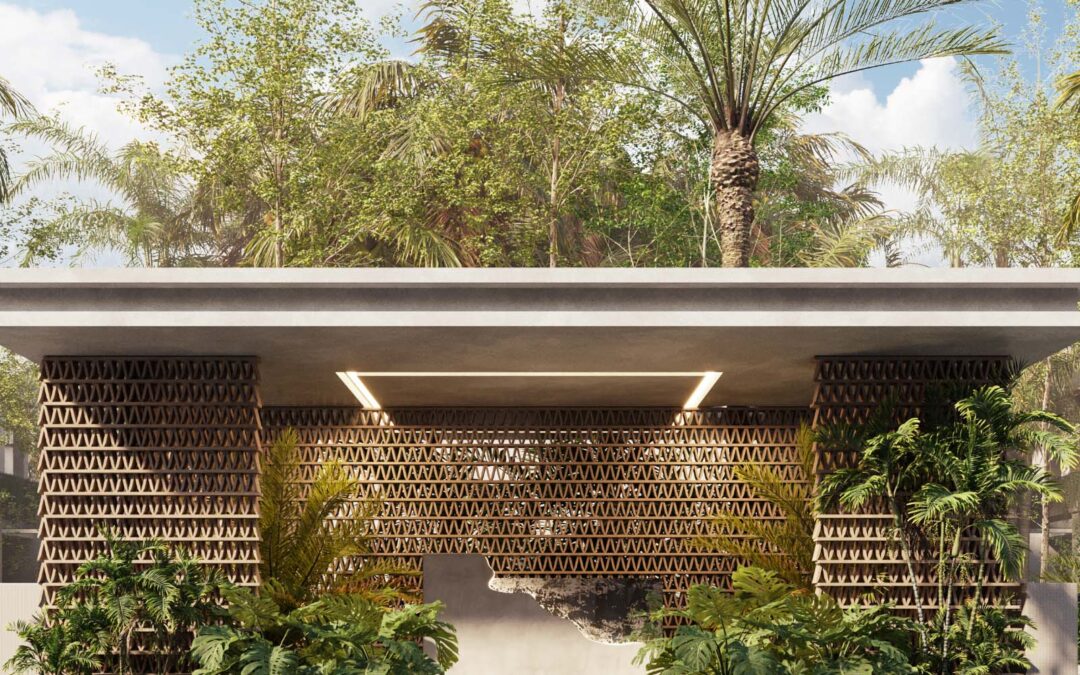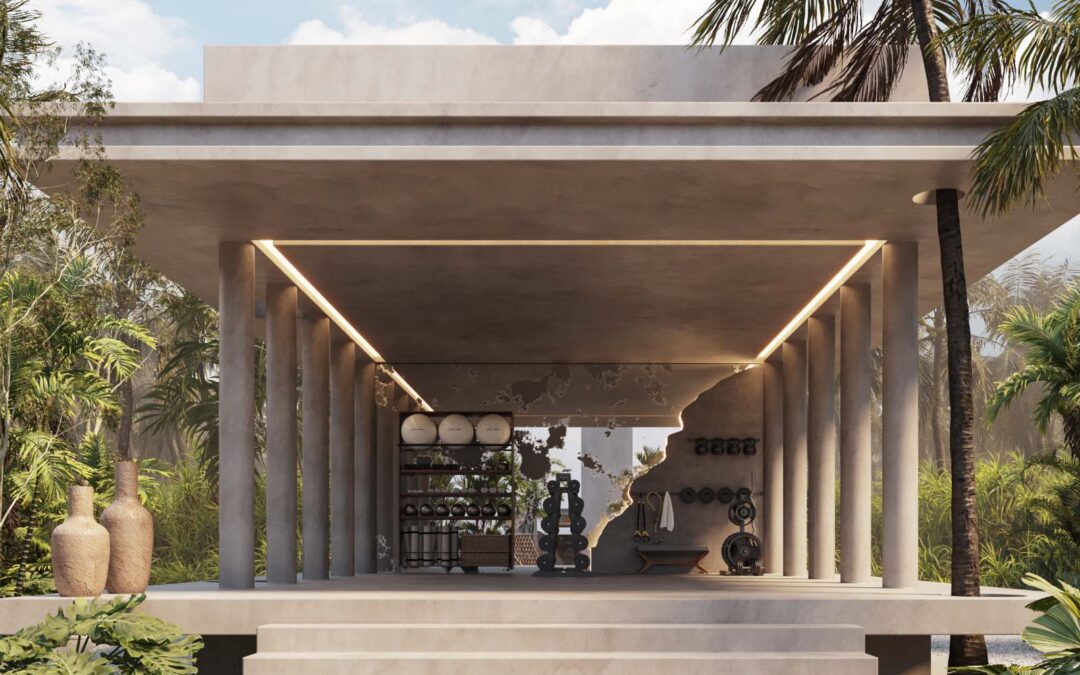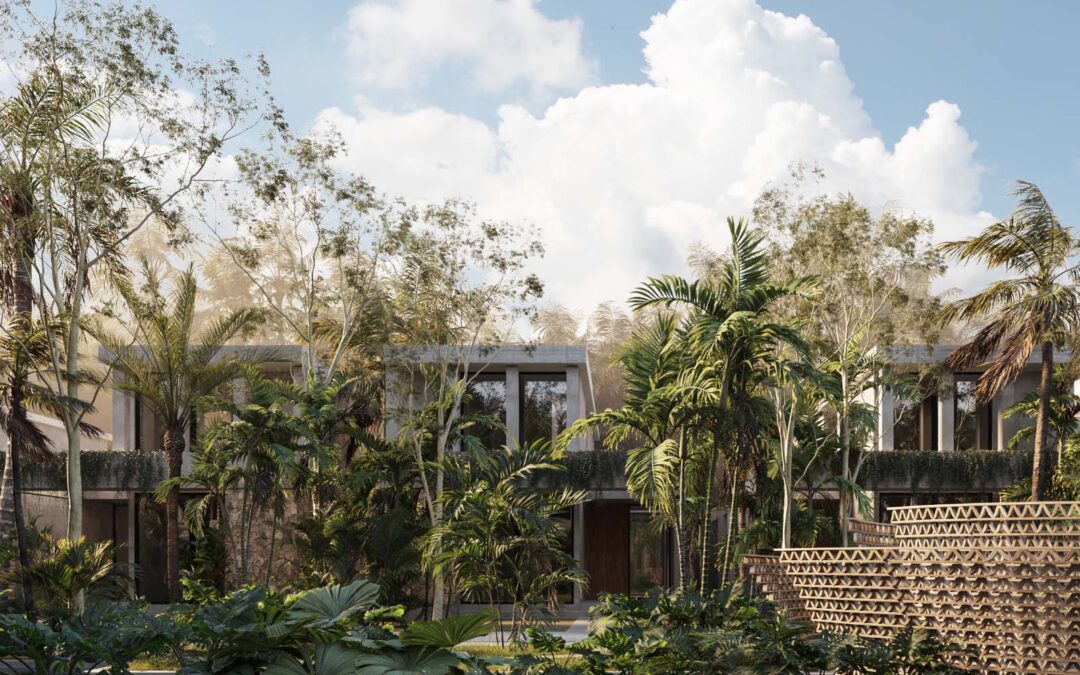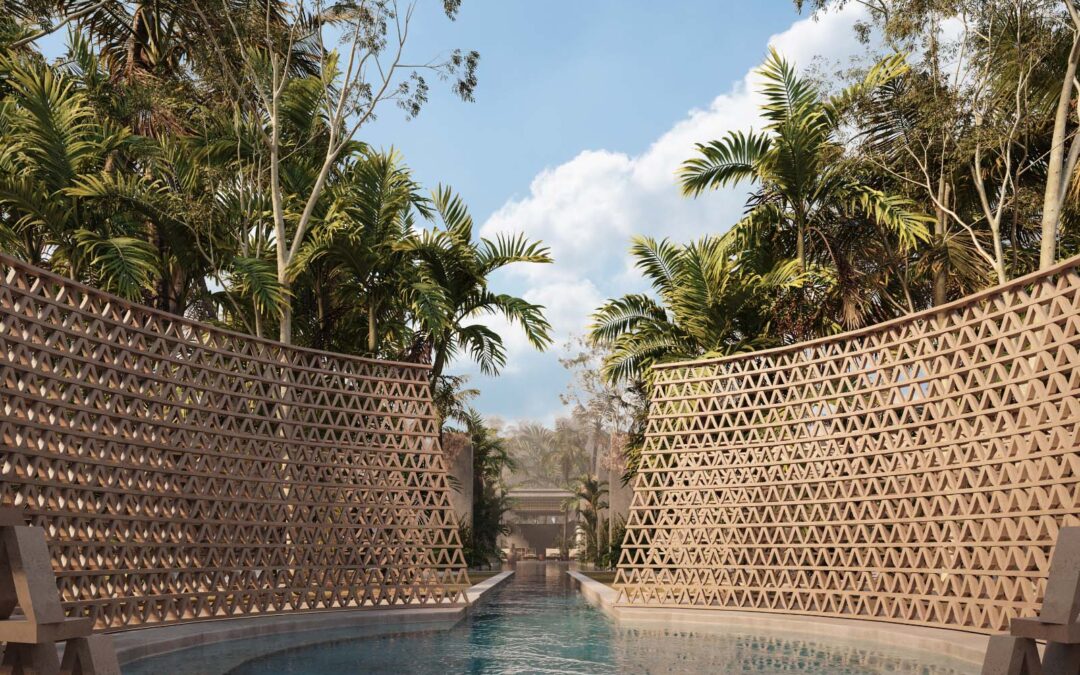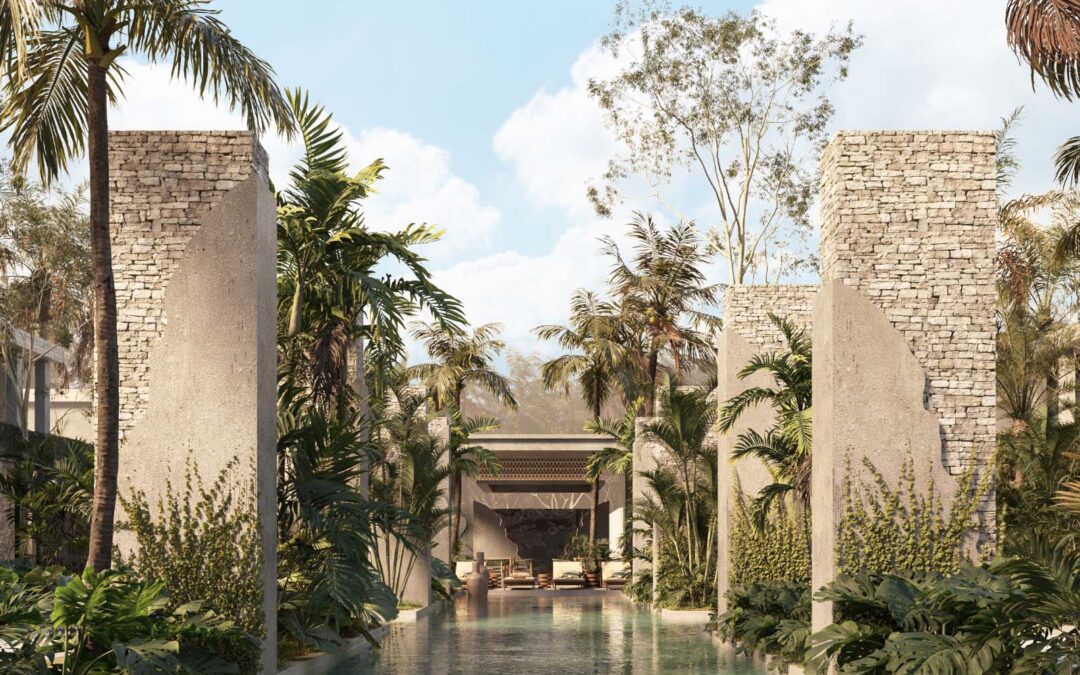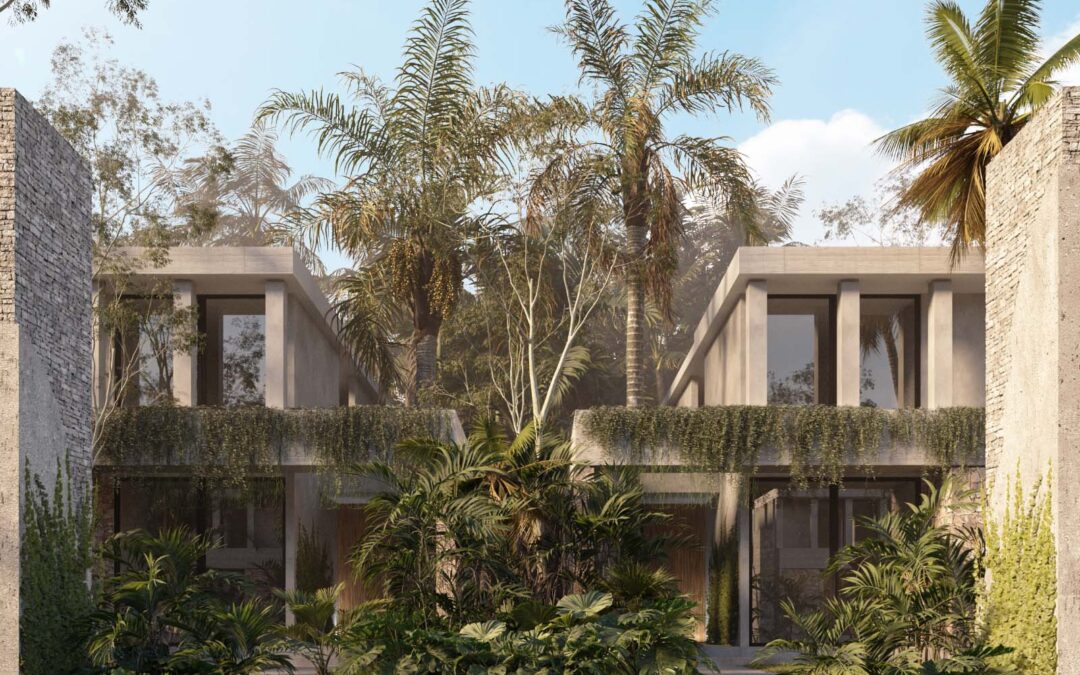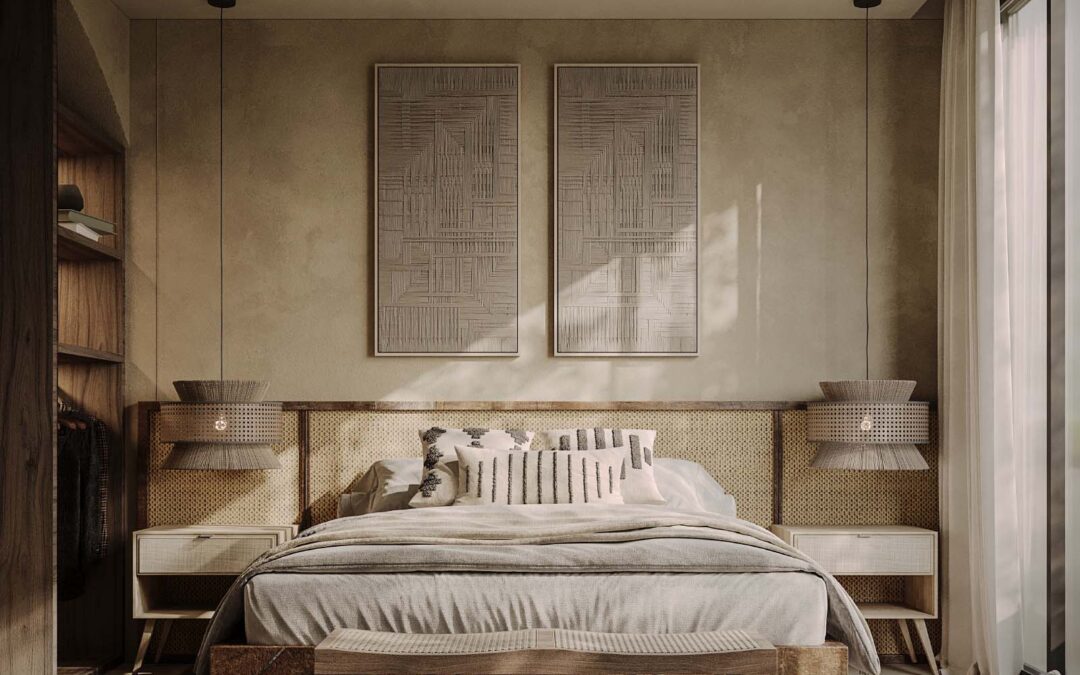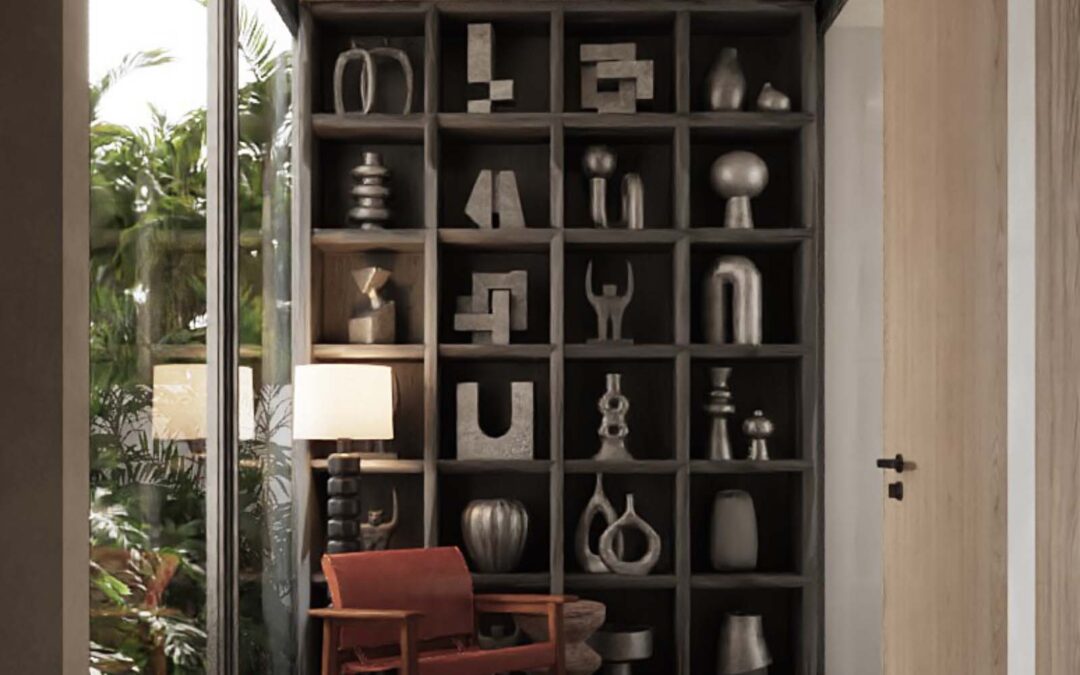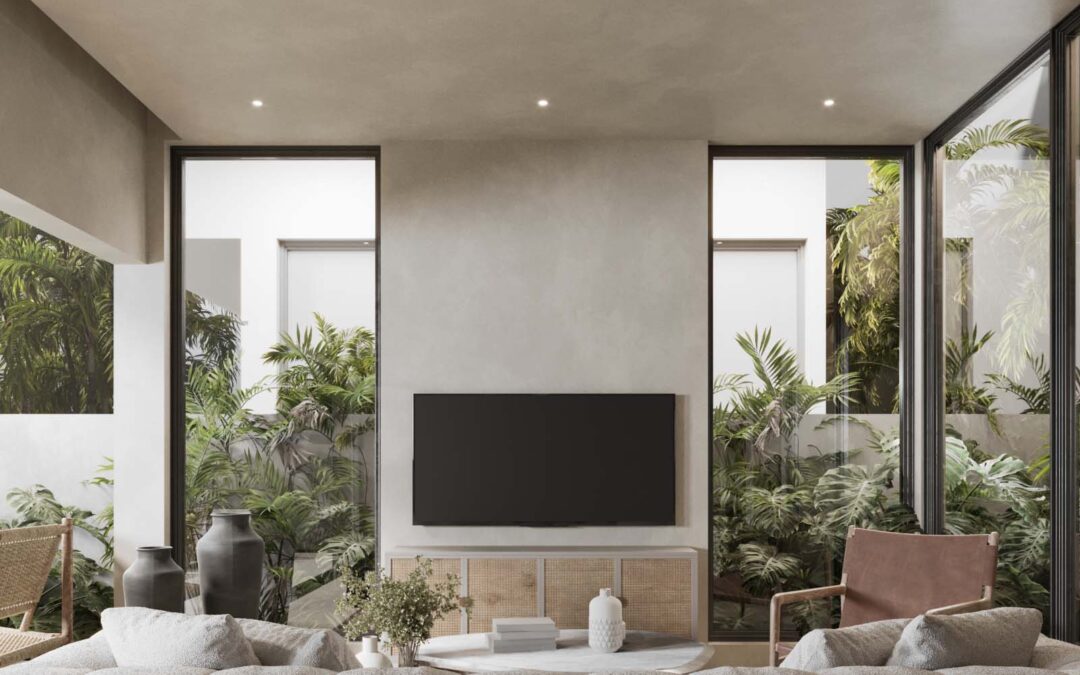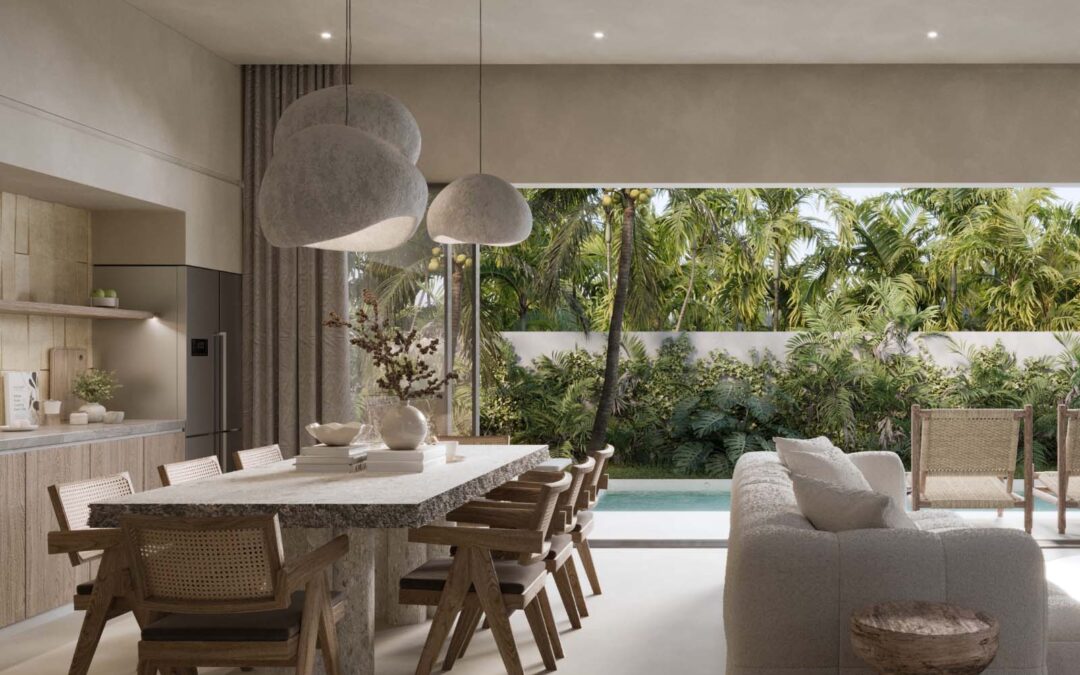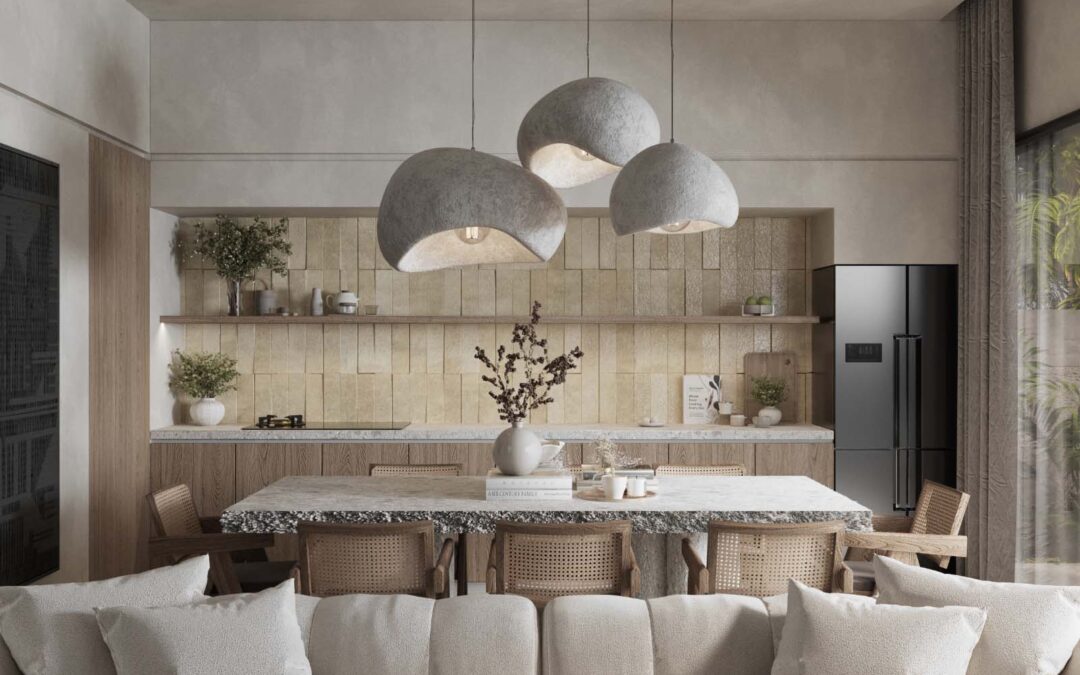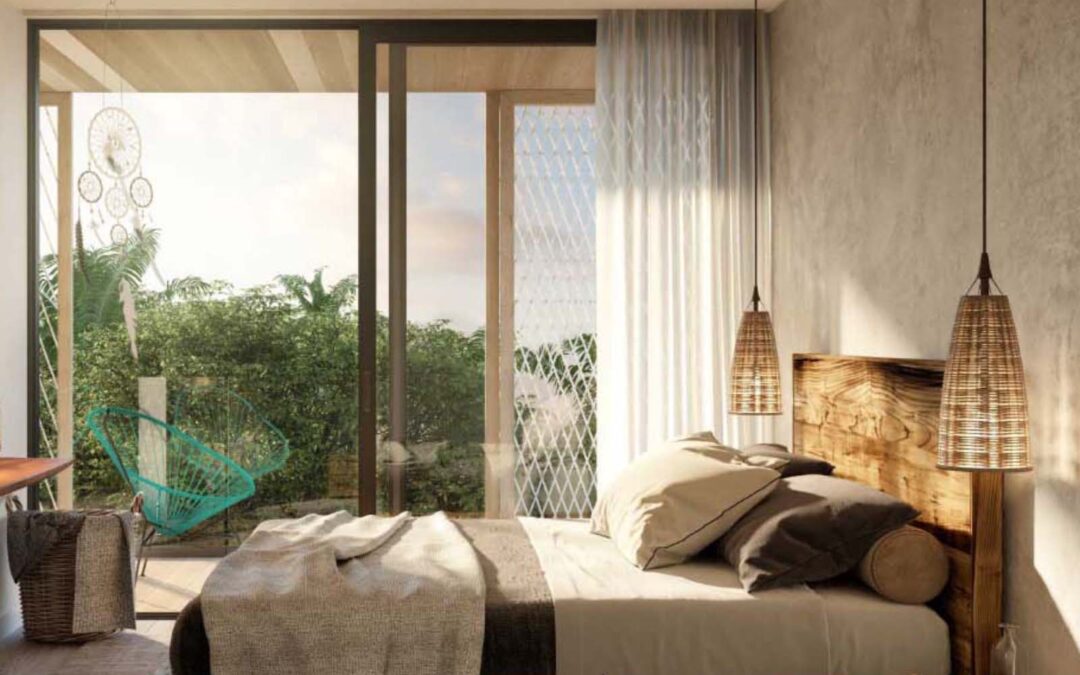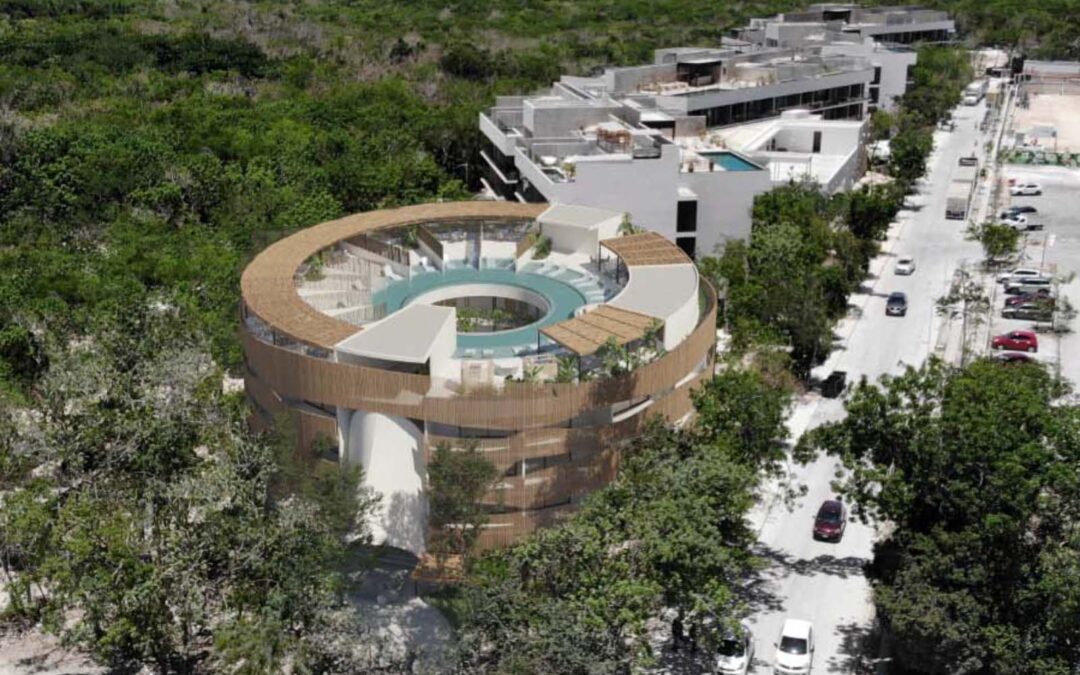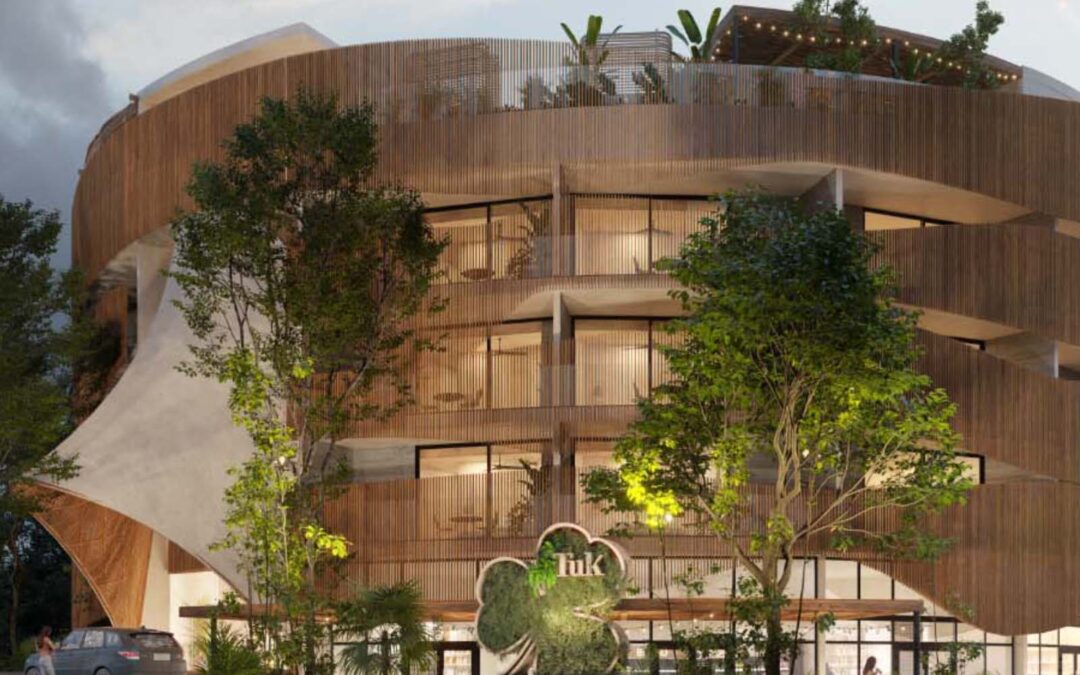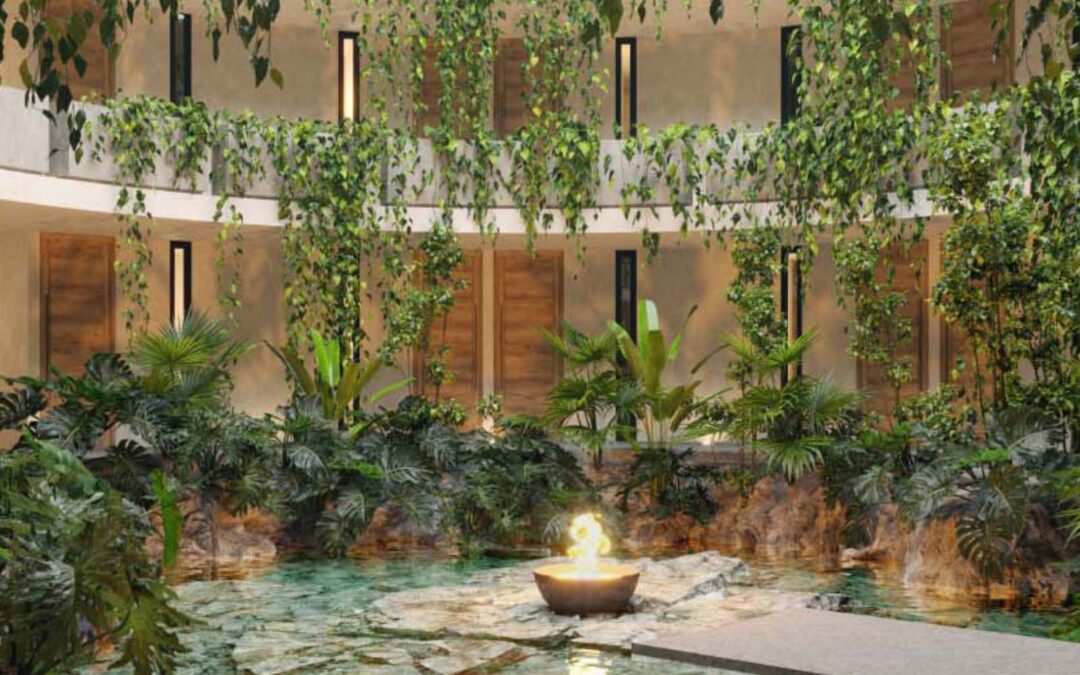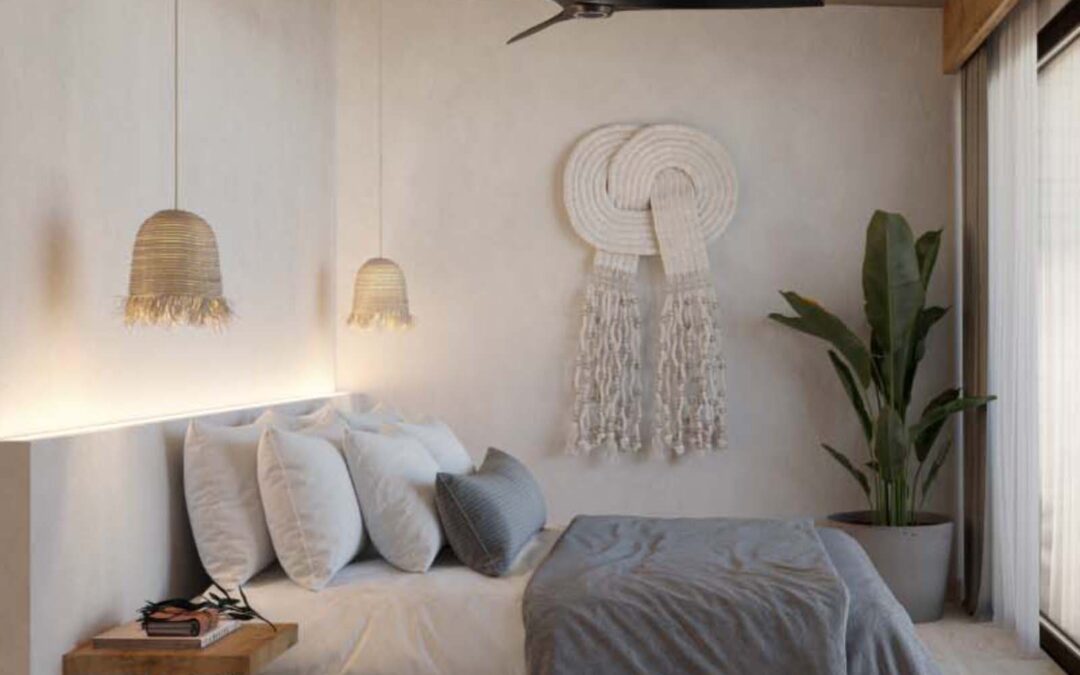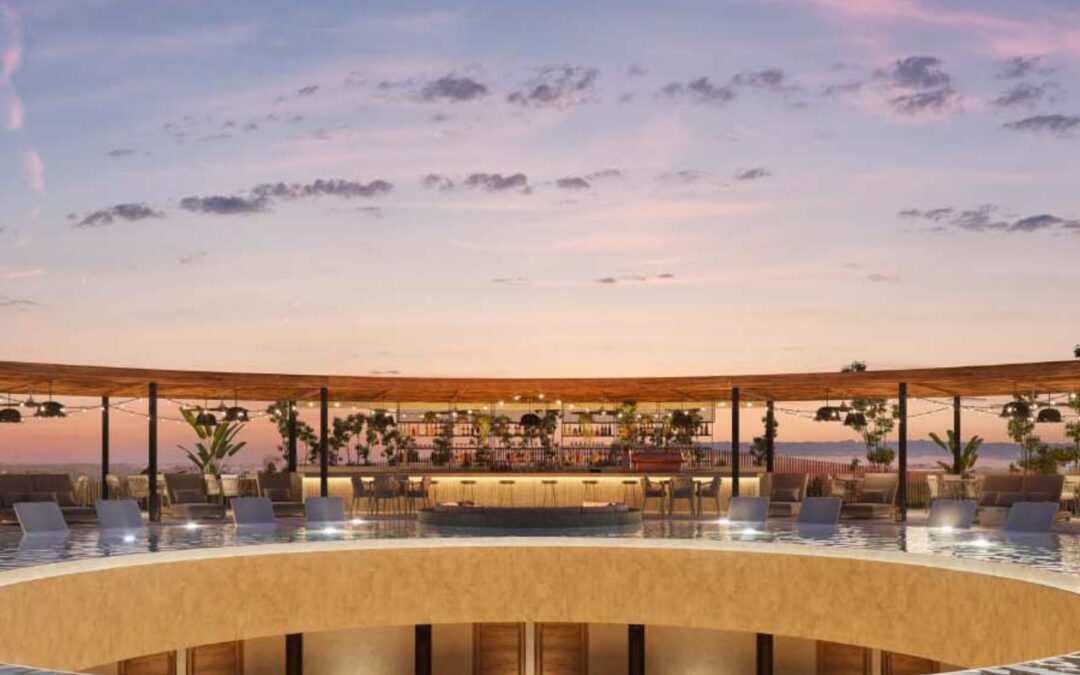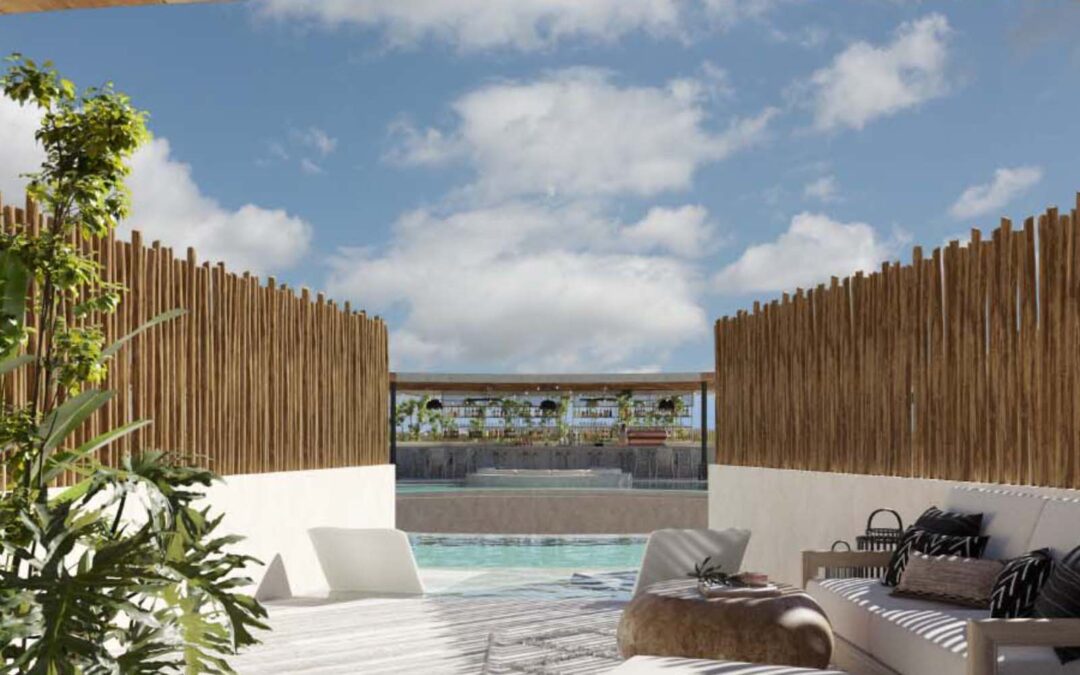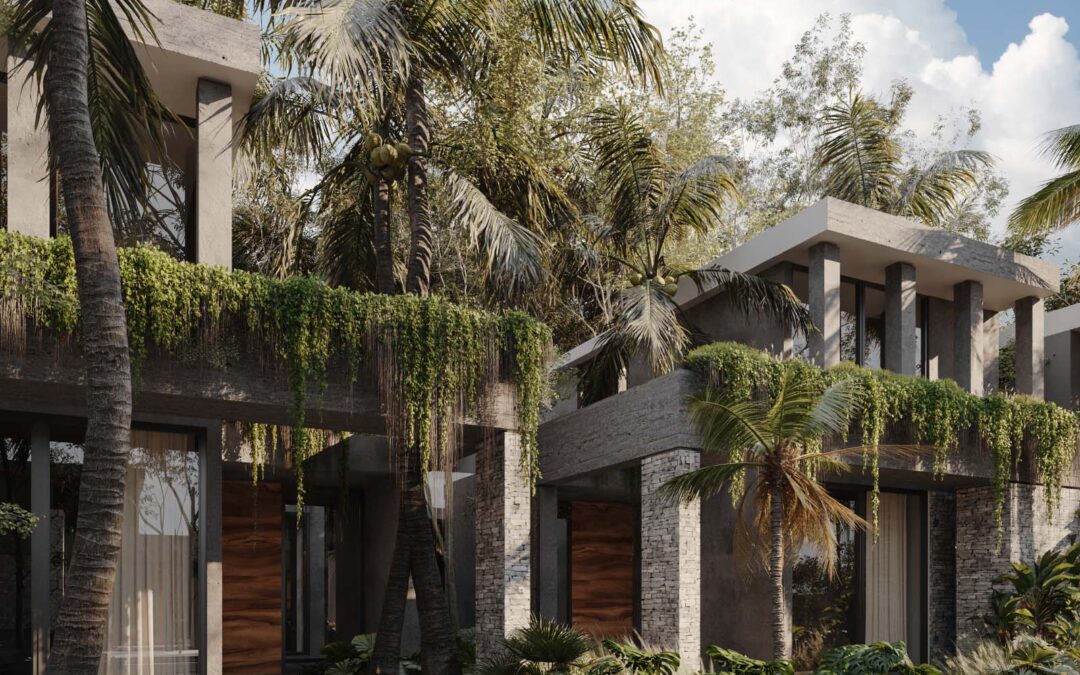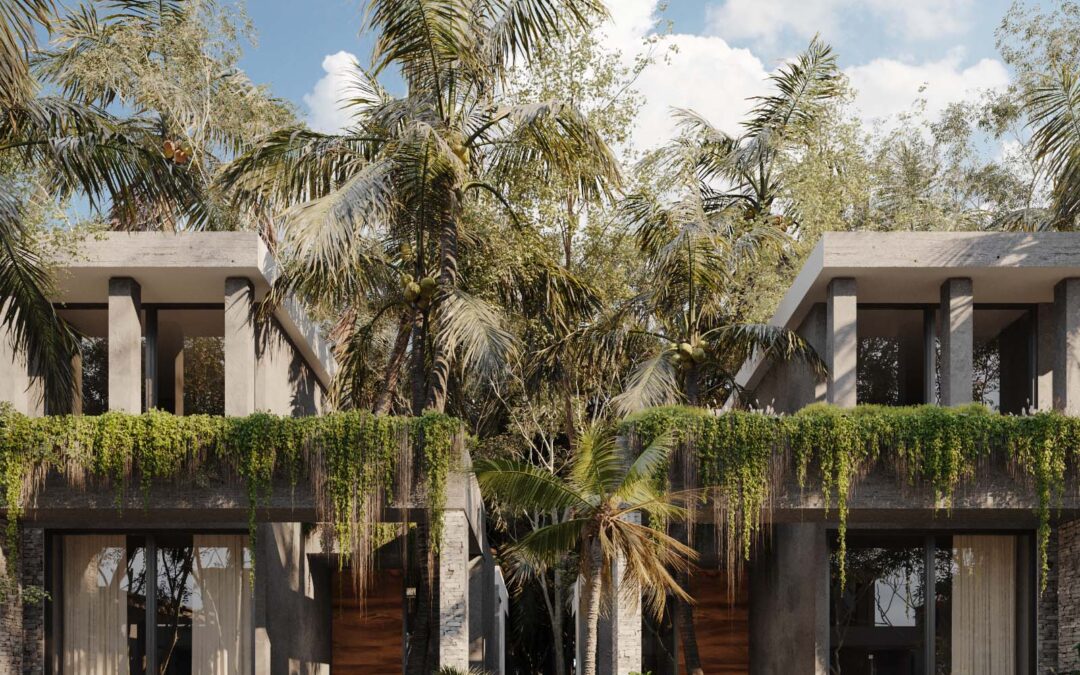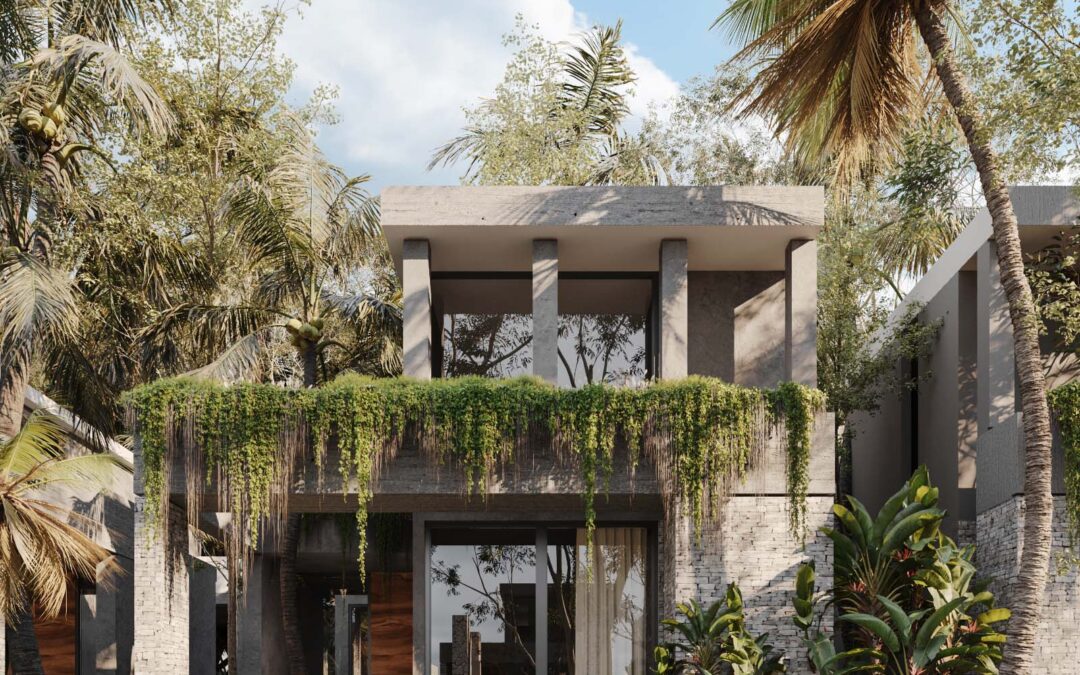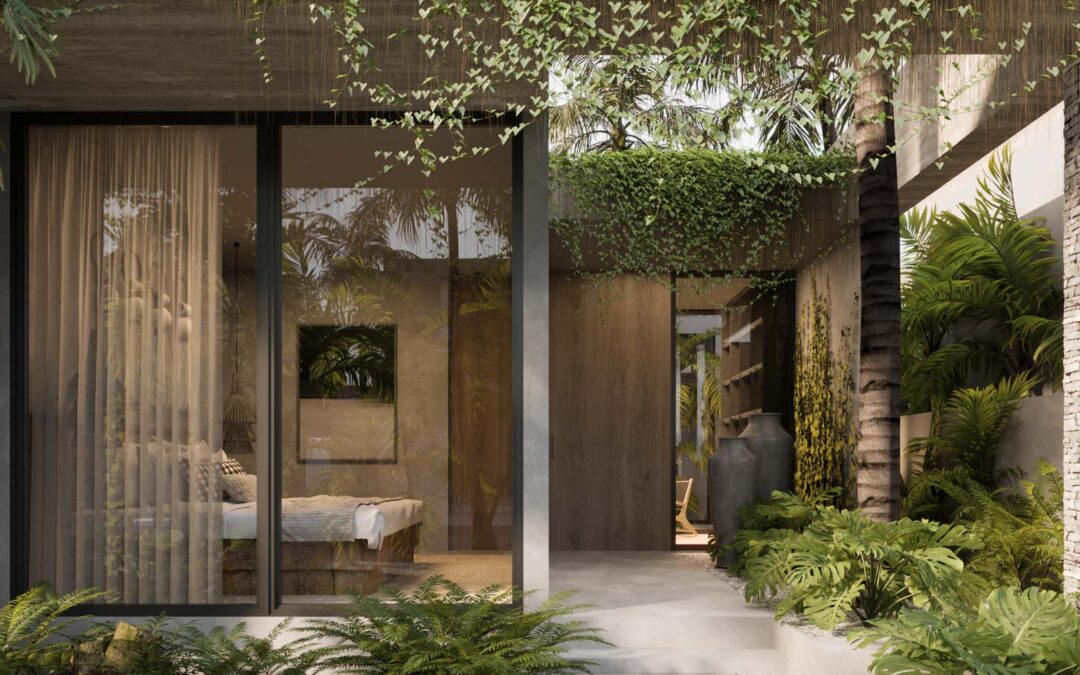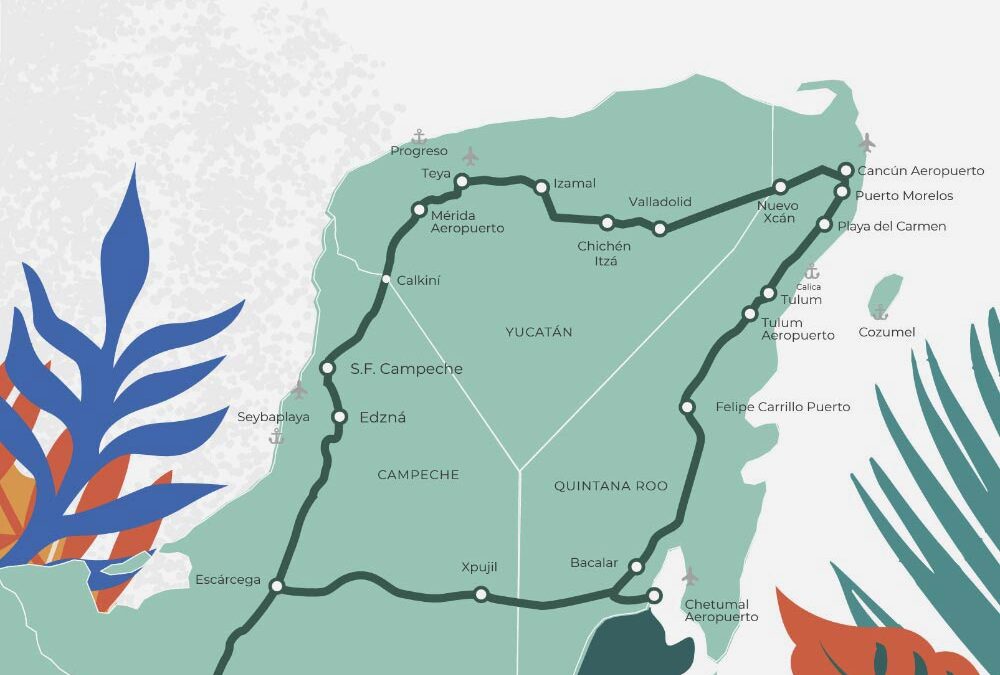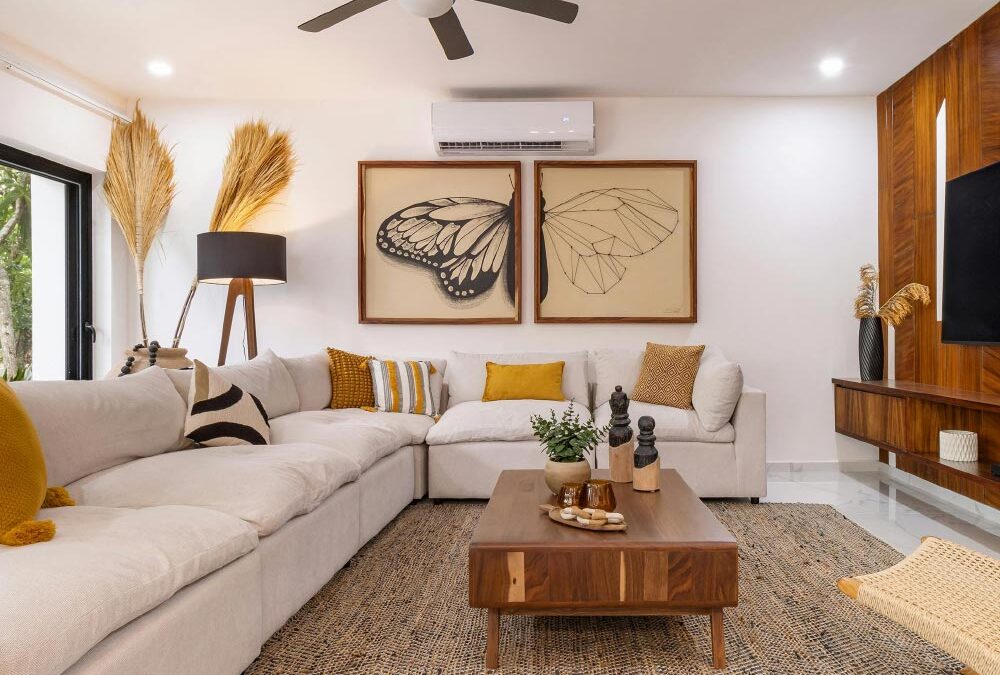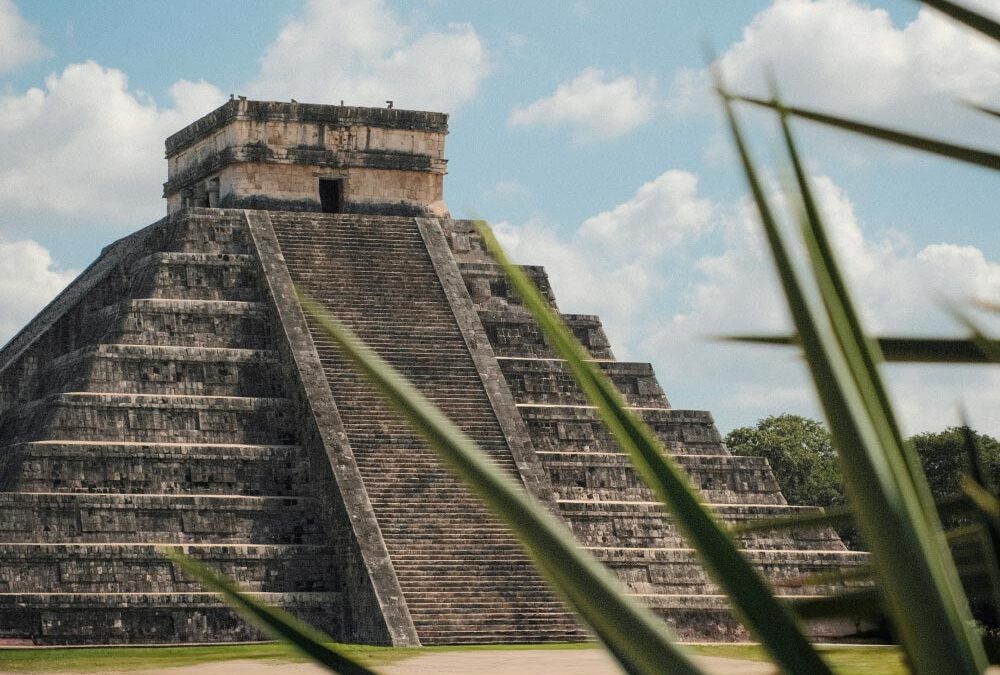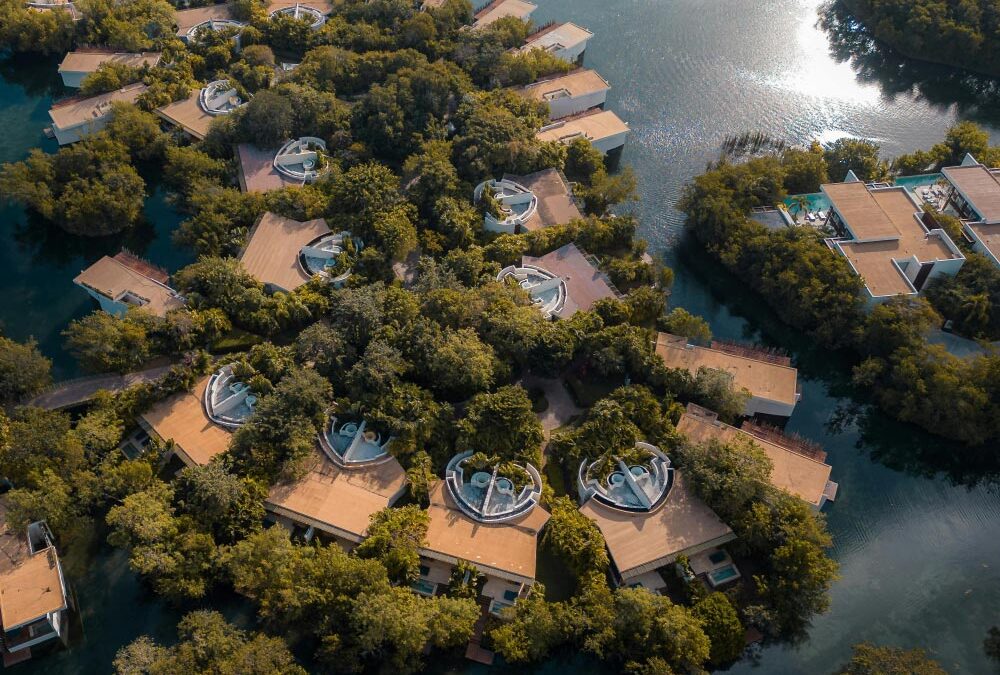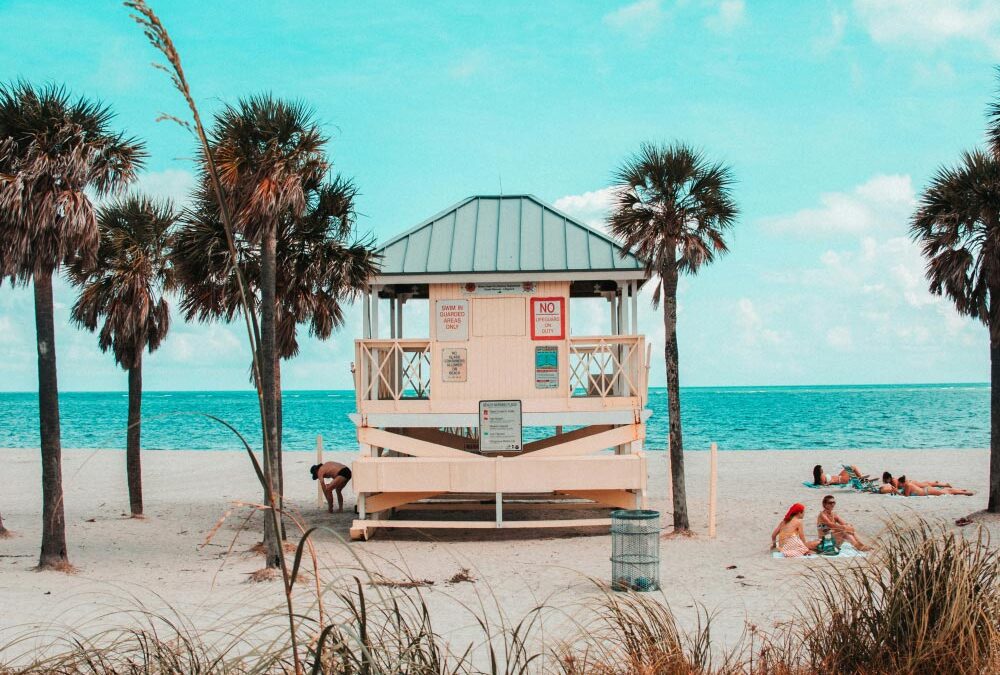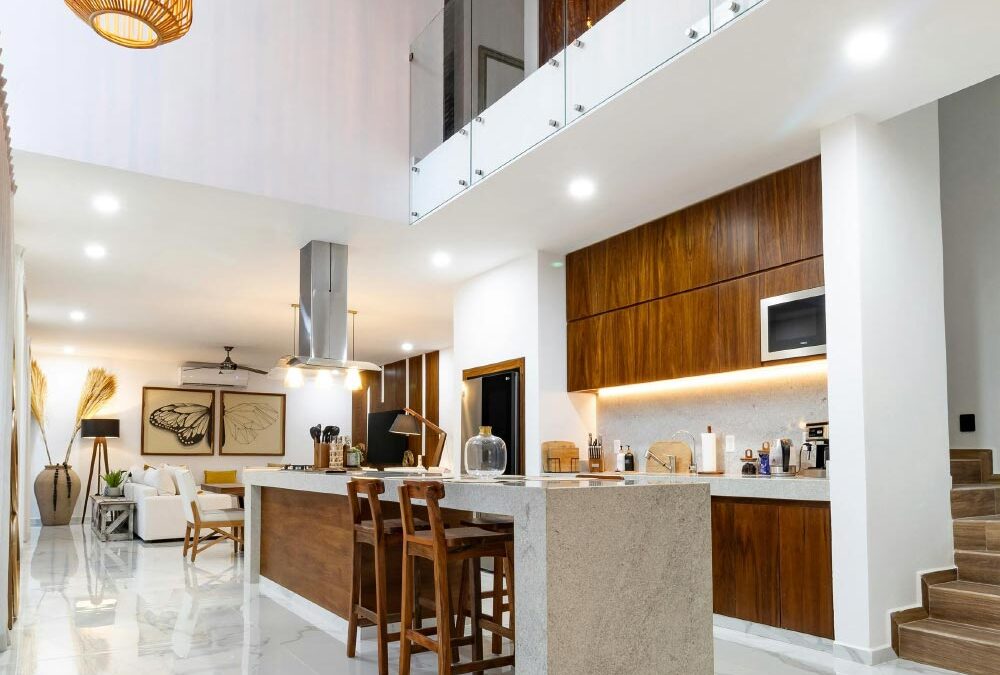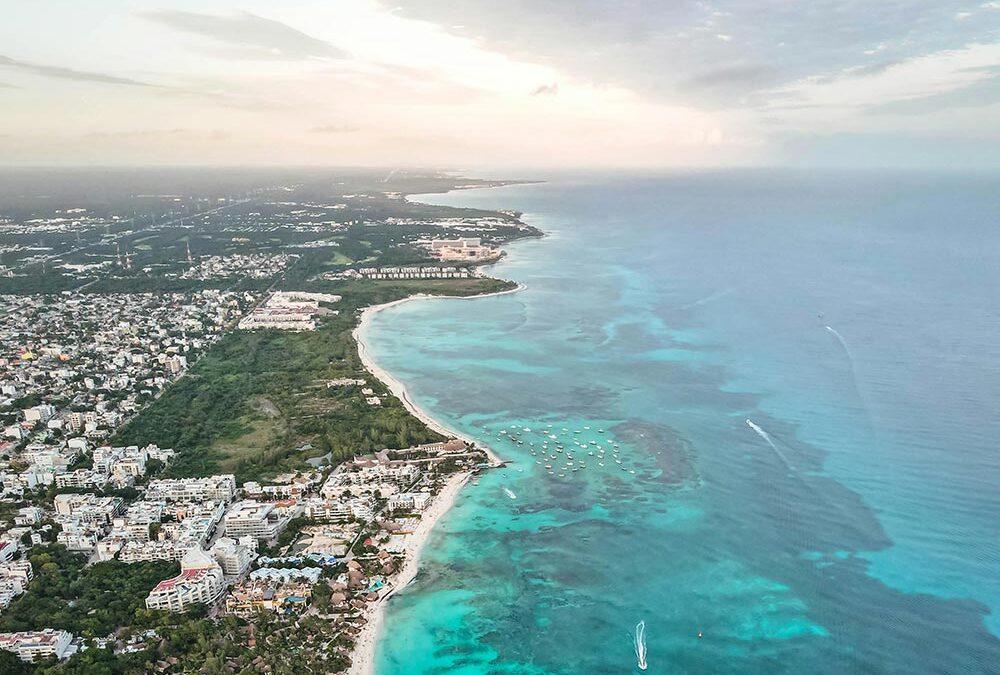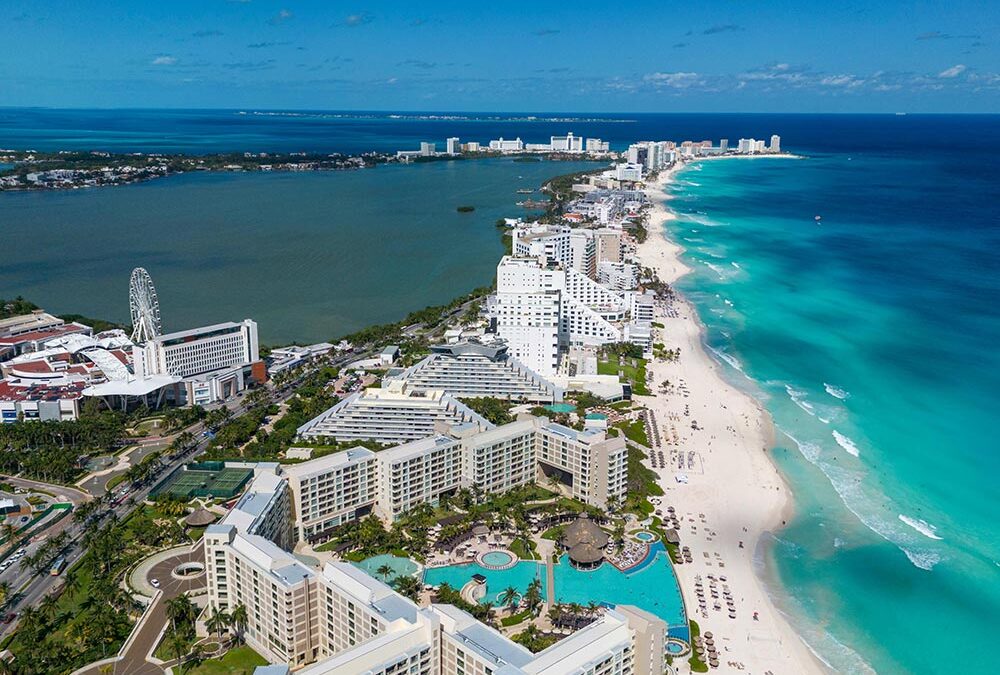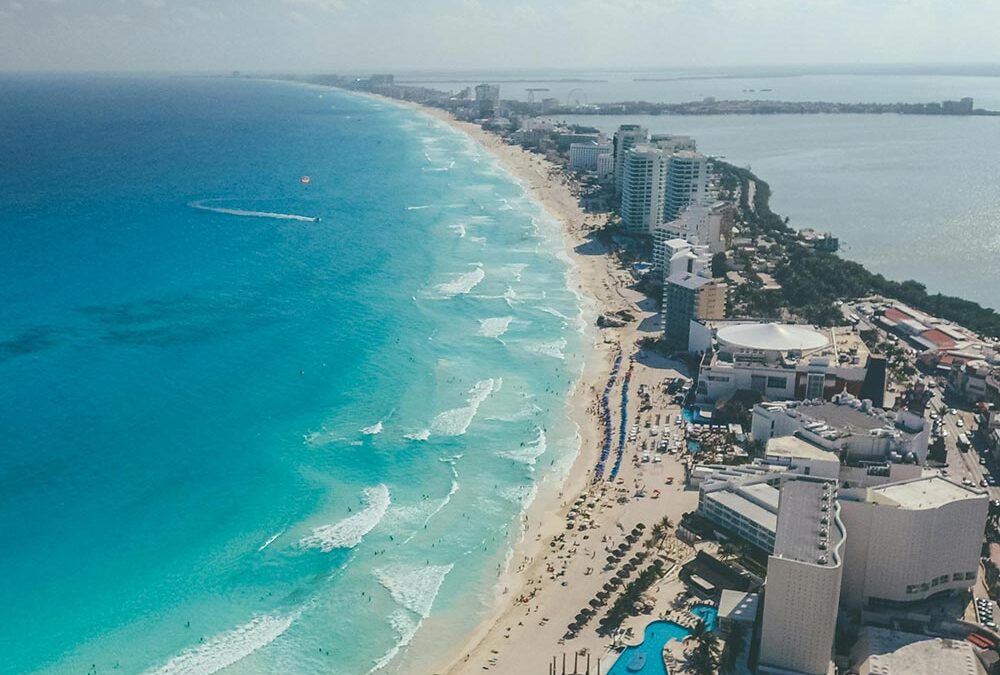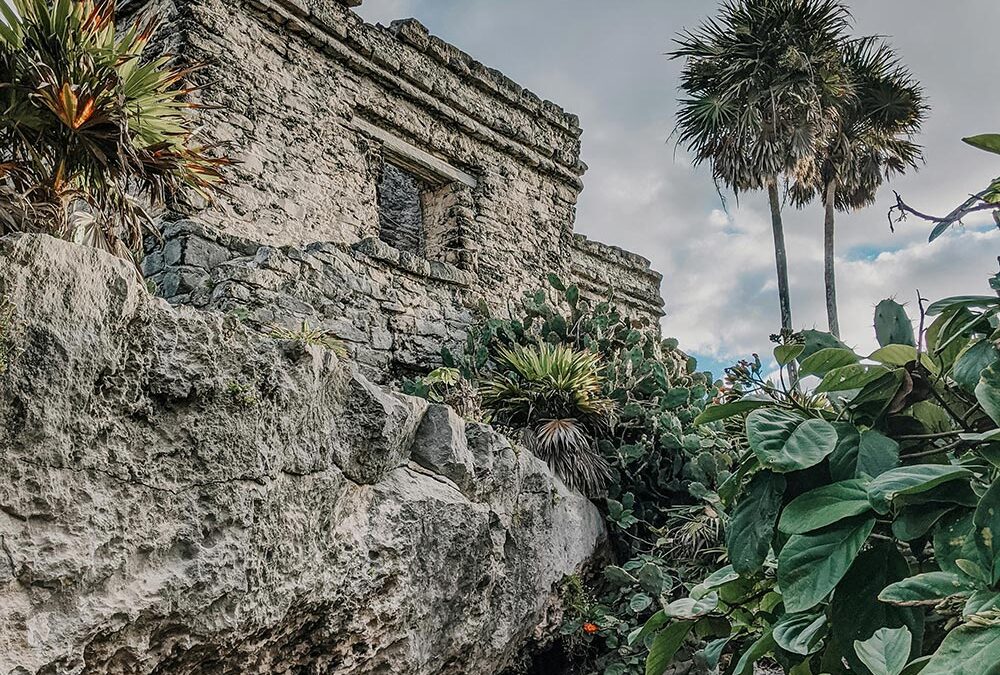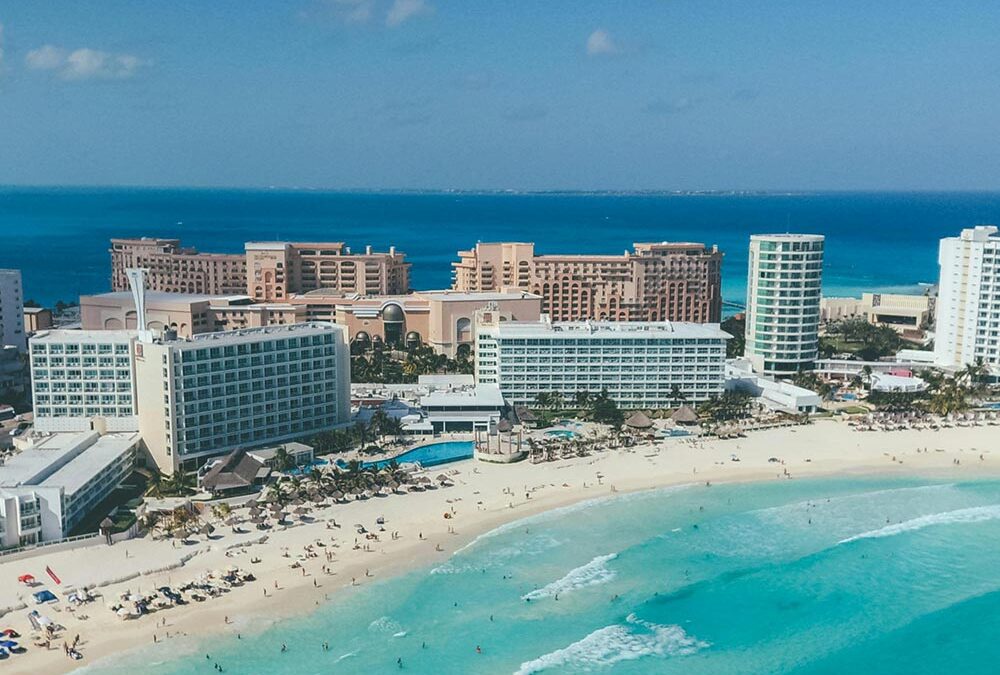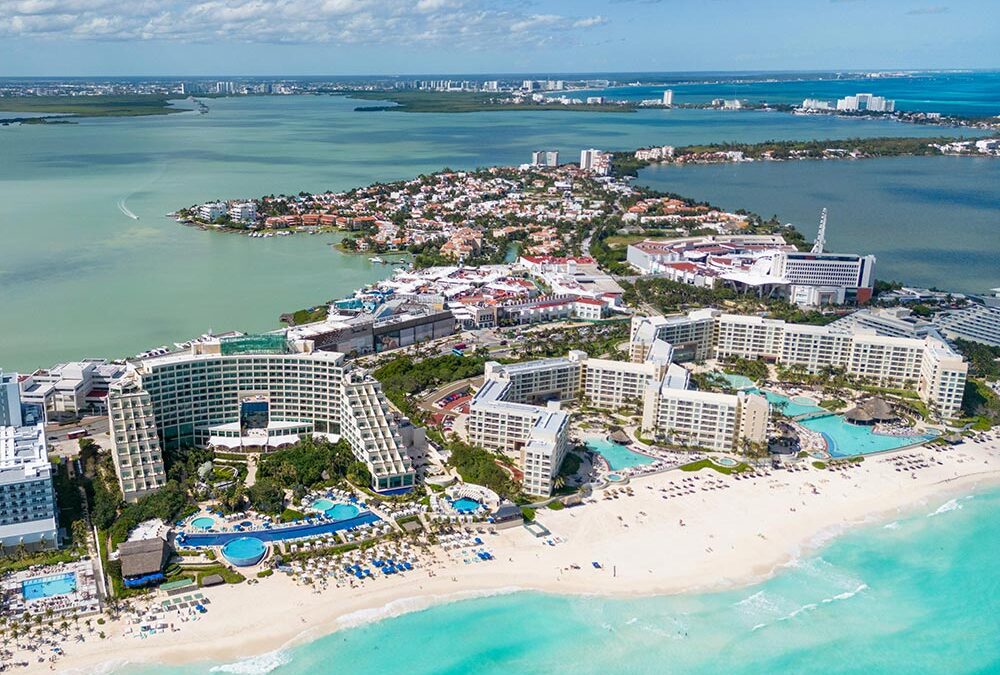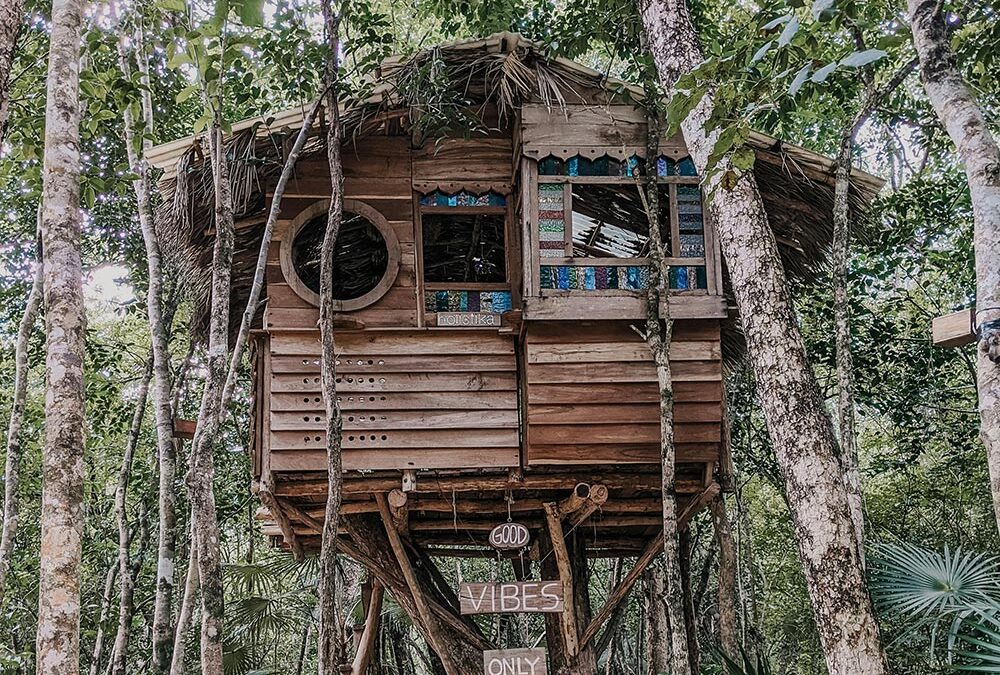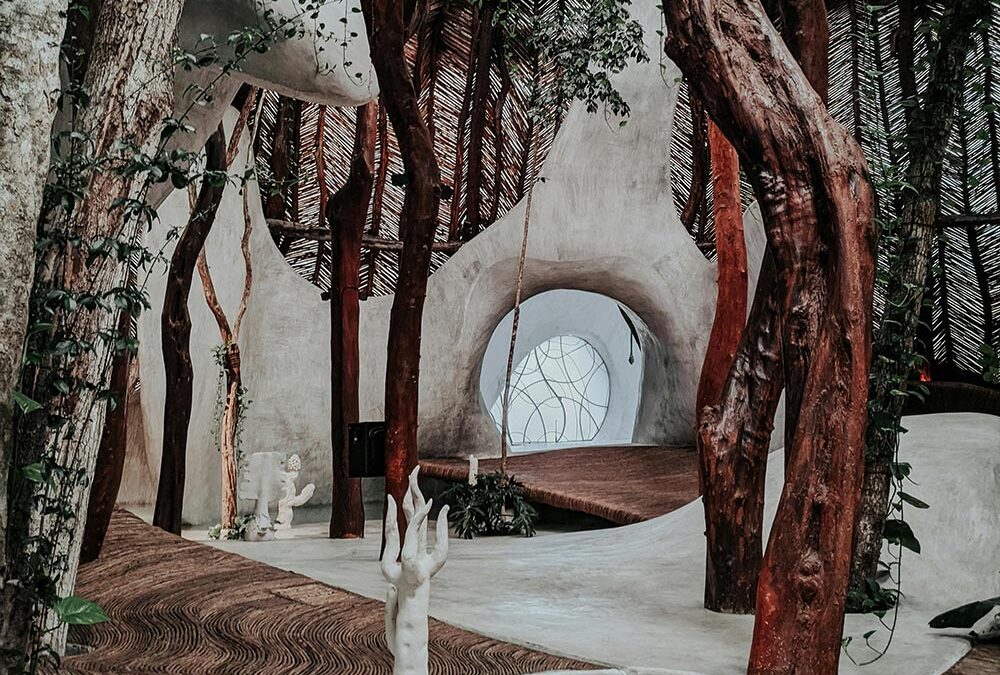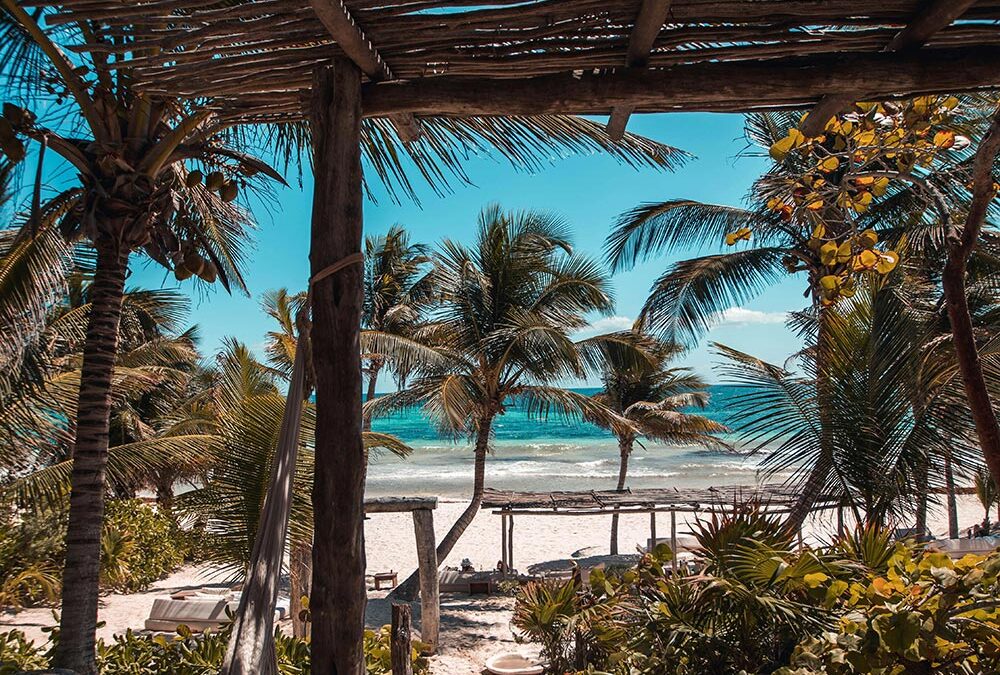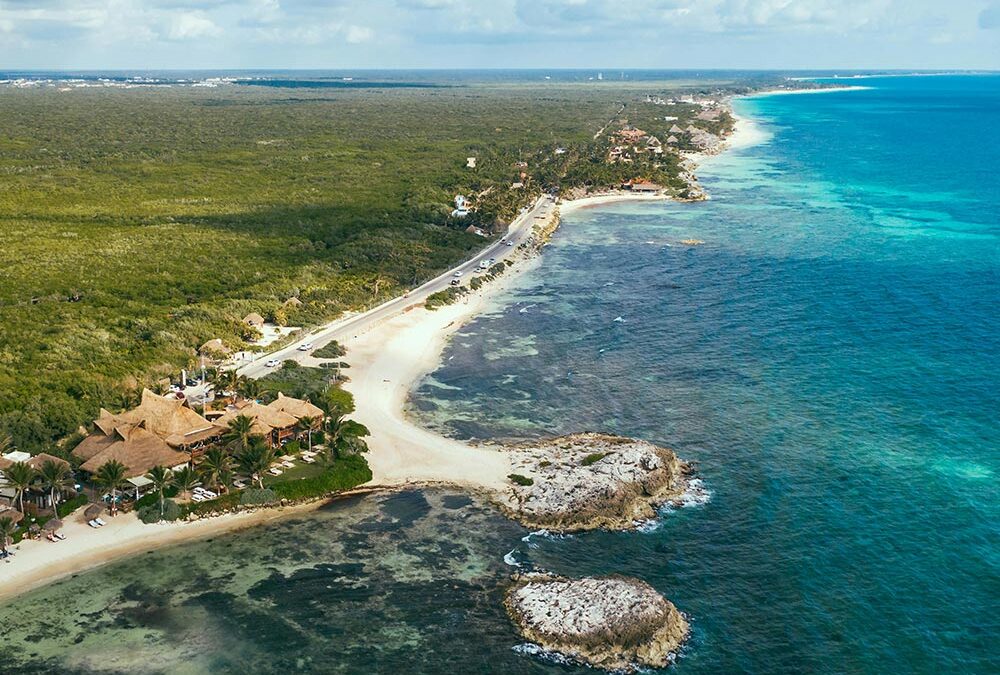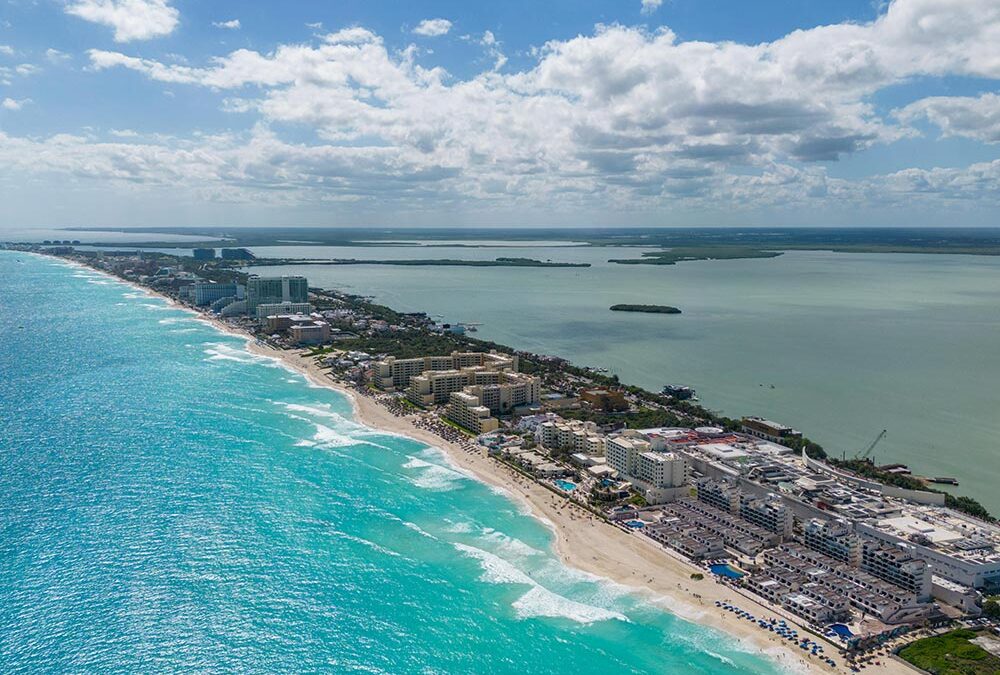Investing in pre-construction properties provides a unique opportunity for buyers and investors to play an active role in shaping their future homes or investment properties. Unlike purchasing pre-built homes, pre-construction properties allow for significant flexibility in tailoring designs, layouts, and finishes to match personal preferences or market trends. This ability to customize not only adds a personal touch but also positions the property to command a higher resale value. By strategically investing in features that enhance appeal and functionality, buyers can turn their vision into a lucrative reality. This article explores how pre-construction customization can lead to superior financial returns and personal satisfaction, while offering practical advice on navigating the process.
What is Pre-Construction Customization?
Defining Pre-Construction Investments
Pre-construction refers to the purchase of a property that has not yet been built, often involving early-stage investments based on floor plans, architectural renderings, and model units. This type of purchase allows buyers to secure properties at competitive prices before market values rise upon project completion. Pre-construction customization takes this a step further by enabling buyers to influence the property’s final design. Whether it’s adjusting room layouts, selecting finishes, or incorporating new technologies, this approach empowers buyers to ensure their investment meets both personal and market-driven needs.
Customization Options Available
Customization options vary depending on the developer and the type of property being built. Common opportunities include:
- Interior layouts: Buyers can alter floor plans to create open-concept spaces or add extra rooms for specific purposes like home offices or gyms.
- Materials and finishes: Flooring, cabinetry, countertops, and paint colors can be selected to align with modern trends or personal tastes.
- Lighting and electrical systems: Buyers can customize lighting placements, add recessed fixtures, or plan for smart home systems.
- Energy-efficient features: Solar panels, high-efficiency HVAC systems, and insulation upgrades are often available.
- Outdoor elements: Options may include landscaping designs, patio extensions, or private pools in certain projects.
Key Benefits of Customizing Pre-Construction Properties
Increased Resale Value
Customized pre-construction properties often command higher resale prices. By incorporating desirable features such as modern kitchens, energy-efficient appliances, and luxurious finishes, buyers can ensure their property stands out in a competitive market. For instance, properties with eco-friendly upgrades and smart home technology attract environmentally conscious buyers willing to pay a premium. According to recent studies, homes with green certifications sell for up to 9% more than their non-certified counterparts.
Lower Maintenance and Renovation Costs
Customizing a property during construction reduces the likelihood of costly renovations later. Everything is built to spec from the outset, eliminating the need to retrofit kitchens, bathrooms, or other areas after purchase. For example, selecting durable, high-quality materials during construction minimizes future repair expenses, leading to long-term savings. Additionally, modern customization options often include warranties that cover selected upgrades, offering additional financial security.
Enhanced Personal Satisfaction
Customization allows buyers to create spaces that reflect their lifestyles and preferences. Whether it’s designing a chef’s kitchen, adding a home theater, or prioritizing eco-friendly materials, buyers have the freedom to craft a property that enhances their day-to-day lives. This alignment with personal values and needs ensures greater satisfaction and comfort for the homeowner, creating a space they truly feel connected to.
The Customization Process: Step-by-Step Guide
Step 1: Research the Developer’s Offerings
Begin by evaluating developers to understand their customization policies. Some developers offer extensive customization options, while others may limit changes to finishes and fixtures. Investigate the quality of the developer’s past projects, their willingness to accommodate special requests, and any associated costs. Reading reviews and visiting completed developments can provide insight into their reputation and reliability.
Step 2: Budget and Prioritize Features
Establishing a clear budget is essential when considering pre-construction customization. While the base price of the property might be attractive, custom upgrades can add significant costs. Focus on features that deliver the highest impact or ROI, such as premium flooring or kitchen upgrades. Avoid over-customizing with features that may not appeal to future buyers, ensuring a balance between personal preference and marketability.
Step 3: Work with a Design Consultant
Many developers offer access to design consultants who can guide buyers through the customization process. These professionals help refine choices, ensure cohesion across design elements, and prevent costly mistakes. For example, a consultant might advise selecting neutral tones and high-quality materials that appeal to a wide audience, increasing the property’s resale potential.
Step 4: Monitor the Customization Process
Once decisions are finalized, maintaining regular communication with the developer is crucial. Request updates, visit the site if possible, and verify that the agreed-upon changes are implemented. This proactive approach ensures that your investment aligns with your vision and avoids last-minute surprises during construction.
Maximizing Resale Value Through Smart Customization
Focus on High-ROI Features
Invest in upgrades that are proven to yield high returns. For example, modern kitchens with quartz countertops, stainless steel appliances, and ample storage are consistently popular among buyers. Similarly, energy-efficient windows and smart thermostats appeal to eco-conscious consumers, making them valuable additions. Data from the National Association of Realtors indicates that kitchens and bathrooms are among the top features influencing homebuyers’ decisions.
Stay Aligned with Market Trends
Understanding market trends ensures that your customizations resonate with potential buyers. For instance, open-concept layouts and multifunctional spaces gained popularity during the pandemic as people sought to maximize functionality in their homes. Researching local real estate trends and consulting with agents can provide insights into what features are in demand.
Balance Personalization and Broad Appeal
While customization allows for creativity, avoid choices that might alienate future buyers. For instance, while bold color schemes or unconventional layouts may suit personal preferences, they may limit the property’s appeal. Instead, opt for versatile designs and features that offer flexibility to a broad range of buyers.
Challenges and How to Overcome Them
Budget Overruns
Unexpected expenses are a common challenge in pre-construction customization. Mitigate this risk by including a contingency fund of 10-15% in your budget. Communicate clearly with the developer to understand the costs associated with each change, and avoid making impulsive additions during the process.
Delays in Construction
Customization can extend the project timeline, especially if complex modifications are requested. To manage this risk, establish clear timelines with the developer and ensure all changes are finalized early in the process. Regular updates and progress checks can help prevent significant delays.
Case Study: A Successful Pre-Construction Customization Story
Jane Doe invested in a pre-construction condominium in a growing urban market. By allocating her customization budget wisely, she upgraded the kitchen with high-end appliances, added energy-efficient windows, and opted for hardwood flooring throughout. These changes not only enhanced the property’s aesthetic appeal but also aligned with local buyer preferences. Upon resale, Jane achieved a 25% return on her investment, driven largely by the property’s modernized features. This case highlights how thoughtful customization can translate to tangible financial benefits.
Conclusion
Pre-construction customization offers an unparalleled opportunity to shape your investment property while boosting its long-term value. By understanding the customization process, prioritizing high-ROI features, and navigating challenges effectively, investors can transform their vision into a lucrative asset. Whether you’re crafting a dream home or creating a property with broad market appeal, thoughtful customization ensures your investment pays off in both personal and financial terms.
FAQs
How much customization is possible with pre-construction properties?
The level of customization depends on the developer and the stage of construction. Early buyers typically enjoy the most flexibility, allowing for changes to layouts, finishes, and even structural elements.
Does customization increase the cost of a pre-construction property?
Yes, customizations come at an added cost, but they often deliver a strong return on investment. Strategic upgrades can significantly boost the property’s market value.
Are there any risks associated with pre-construction customization?
Common risks include cost overruns, delays, and potential disagreements with developers over specifications. Working with reputable developers and setting clear agreements minimizes these risks.
What features offer the best ROI in a customized property?
Features like energy-efficient upgrades, modern kitchens, and high-quality flooring typically deliver the best ROI. Smart home technology is also increasingly popular among buyers.
Can I make changes during construction?
Yes, but changes become more difficult and expensive as construction progresses. It’s best to finalize decisions during the initial planning phases to avoid complications.
